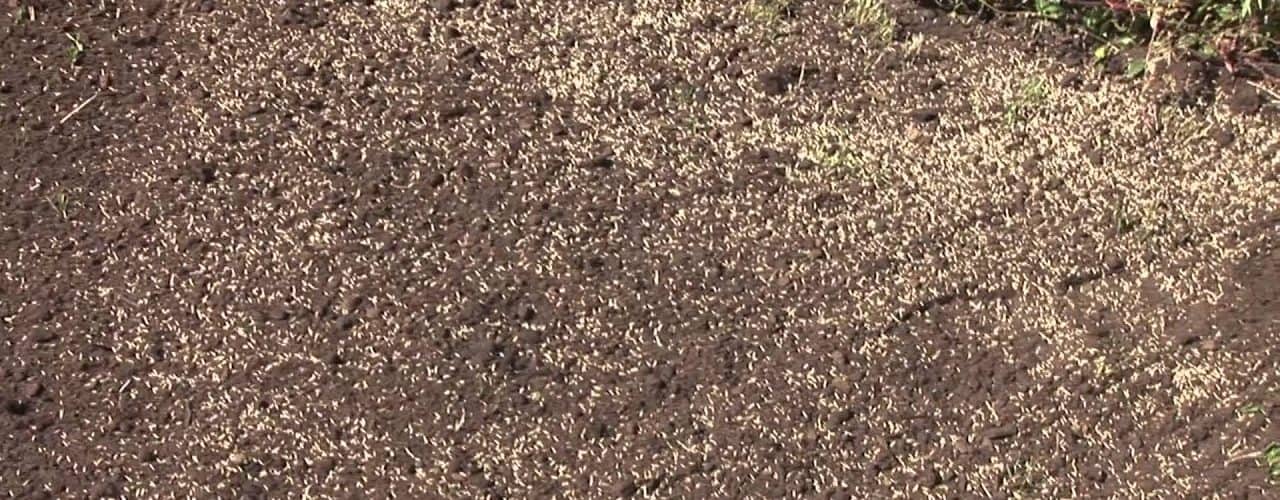Sowing a lawn doesn’t have to be done by a professional. With a small amount of preparation and the right equipment, it can be done in a weekend.
To start, clear the area you wish to sow of any debris such as rocks and tree limbs. Next, use a broad spectrum weed killer to kill off any other plants in the area. Be sure not to use an herbicide that kills grass; these chemicals will stay in the soil and make it very difficult, if not impossible, to grow any kind of grass or other plants in the future. Allow the product to work for 48 hours before starting the next step. Don’t worry if there are still weeds in the are after you use the herbicide, they can be manually removed.
Next, till the soil in the area you wish to plant grass seed in. In general, try to plow up about 3 to 6 inches of the top soil in the area. This step should help to kill any weeds or other plants that your herbicide was not able to kill. After tilling, get a small sample of the soil nd take it to be analyzed at your local home improvement store. Many of these stores offer soil analyzation as a free service, while nearly all of them sell kits that allow you to perform this test at home. The test will analyze the acidity of the soil as well as its levels of nitrogen and potassium. the result of the test is usually a series of three numbers. This result will tell you what type of fertilizer will be best for your soil. Match these numbers to the ones found on bags of fertilizer.
After buying your fertilizer, follow the directions on the package and till the fertilizer into your soil. Be careful not to overfertilize; this will “burn” your soil and make it difficult for anything to grow. If required, give the soil time to absorb the fertilizer and water the area if neccessary. Some types of soil may require you to till or mix in store-bought top soil, do this before adding any additional fertilizer.
If you wish to keep your lawn organic, consider using compost or manure instead of a chemical fertilizer. While it won’t be possible to get an exact chemical match, the general rule to follow is to use compost for soil thata is high in nitrogen, and manure for soil that is high in phosphorous. Soil that is high in both of these chemical can probably get away with skipping this step, while soil that is low in both of these chemicals will need to use both.
Finally, sprinkle the grass seed you have chosen on the area. Mot varieties will not need to be covered with top soil; simply walking on the rea will push the seeds far enough into the ground. Water the area immedietely after spreading the seeds. Remember to water every day, preferably in the eary morning. This gives the water time to be absorbed by the seeds and new plants before nightfall. Continue this watering schedule until the grass is at least one inch tall, then follow a watering schedule appropriate for your climate.



